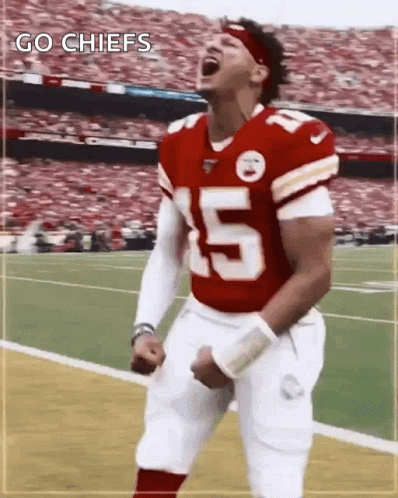Volnanza
Well-Known Member
- Joined
- Sep 4, 2012
- Messages
- 611
- Likes
- 1,612
The dude was pushed out of bounds but before making ground contact, traveled well beyond the 1st down marker before touching out of bounds. After replay they ruled he was short. This is the exact opposite of what was called in the UGA OSU game. georgia was given credit for making the 1st after advancing the ball out of bounds. This was a critical play. If the call went the other way, then uga loses. So what is the right call?



